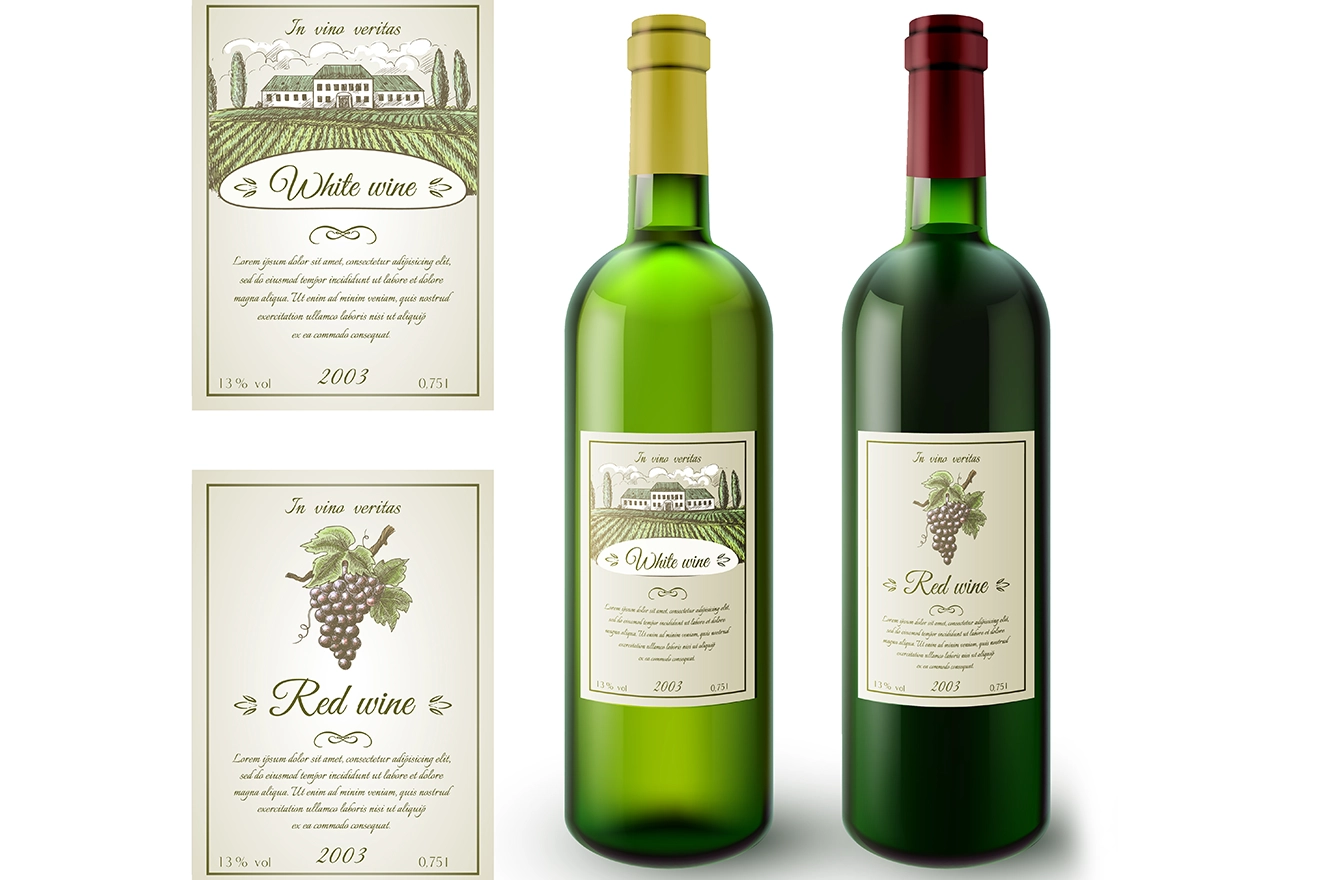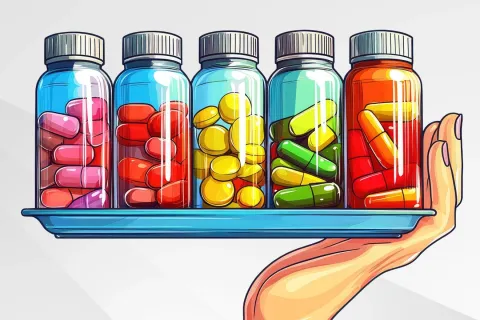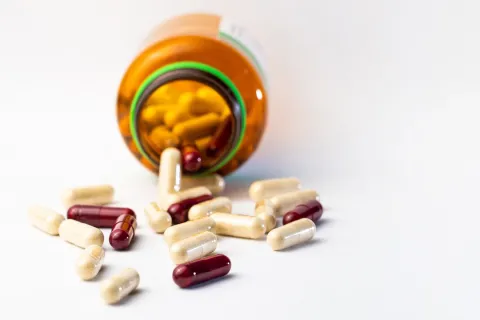
The European Union (EU) has implemented groundbreaking regulations for wine labeling, which have been effective from December 08, 2023. The regulations are applicable to wines manufactured from the 2024 harvest onward. These regulations aim to enhance consumer information by requiring detailed labels, including ingredient lists and nutritional values. The implications of these changes are substantial for wine manufacturers in the EU, demanding adjustments to labeling practices for compliance and transparency.
Understanding the New Labeling Rules
The significant alterations in the new EU wine labeling regulations, outlined in Regulation (EU) 2021/2117, encompass the following key aspects:
- Nutritional Information and Ingredient List: Starting from December 08, 2023, all bottles of wine sold within the EU, regardless of their origin, have been mandated to include nutritional information and a comprehensive list of ingredients.
- Allergen Information: The regulations provide clarity regarding the placement of allergen and intolerance information on wine labels.
- Specific Rules for Low-Alcohol by Volume (ABV) Wines: The newly introduced rules establish specific requirements for wines with ABV levels less than 10% or 0.5%.
- Electronic Means for Additional Information: To meet the demands of the new regulations, wine labels can now utilize electronic means, such as QR codes, to provide supplementary information.
- Designation of Grapevine Products and Geographical Indication: The regulations mandate the inclusion of the following details for the grapevine product category:
- The designation of the grapevine product in question.
- The term “Protected Designation of Origin (PDO)” or “Protected Geographical Indication (PGI).”
- The names for wines registered as geographical indications.
These transformative changes constitute the most substantial modification to wine labeling in over a century, and they have wide applicability; as mentioned earlier, they are applicable to all wines and wine products acquired from the 2024 harvest.
Penalties for Non-compliance
Non-compliance with the new regulations can lead to severe consequences for wine manufacturers, including fines, a ban on the sale of non-compliant products, market restrictions within the EU, legal implications, and reputational damage.
Conclusion
In conclusion, as wine manufacturers confront the transformative impact of the new EU wine labeling regulations, they must take recourse to strategic adaptation. By updating labeling practices, embracing electronic solutions like QR codes, and fostering collaboration with Regulatory bodies, manufacturers can ensure compliance and adeptly navigate the evolving landscape. Initiative-taking adherence to these strategies, guided by Regulatory experts at Freyr, can not only mitigate the risk of penalties but also reinforce transparency. This commitment to compliance helps build consumer trust and ensure the continued market viability of wine products within the EU. For comprehensive guidance and support in navigating the Regulatory landscape of EU wine regulations, contact Freyr today!









